The road back towards the forest
"The day I told my parents that I would go to Con Cuong to work, my mother was silent for a long time , " Cong said. "My mother said, up there the forest is wild and the water is poisonous, the roads are dangerous, why don't you stay in the city to avoid hardship? But I simply thought, if it wasn't me, someone else would do this . "
For him , "this" was not a spur - of-the-moment decision. Since his student days, Cong has been passionate about volunteer trips to the mountains and when he had the opportunity to intern at Pu Mat National Park, he appreciated this ranger profession even more. Upon graduation, instead of choosing to work in the city with available opportunities, he applied to work at Pu Mat National Park - a remote land that many people are afraid of.
The road from Vinh to Con Cuong is more than 120 km long, winding through steep passes, and at some points you can only hear the sound of the wind blowing through the cliffs. He said that first trip was like a real "upstream" trip - against habits, against comfort, and sometimes even against the expectations of his own family. But it was on that opposite road that he found the direction of his heart: preserving the green of the mountains and forests, preserving the life of seemingly small things.
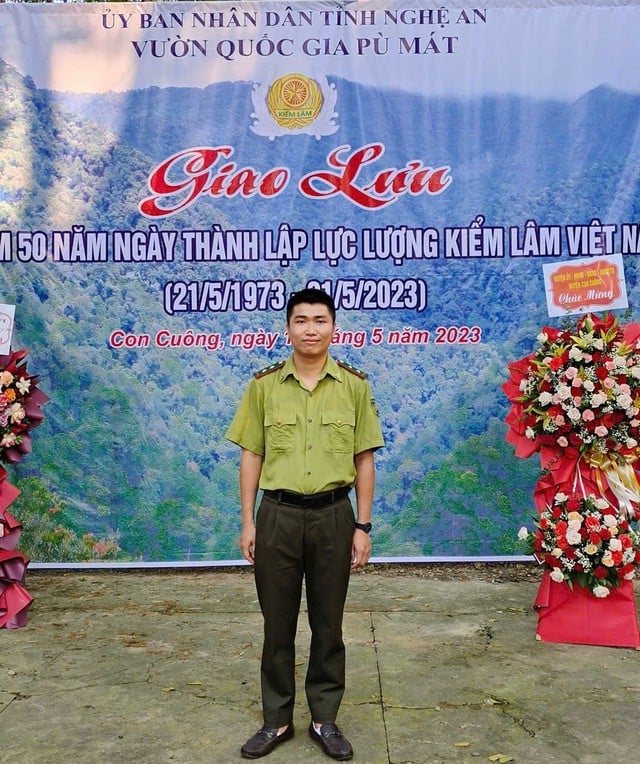
Mr. Hoang Nghia Cong
PHOTO: NVCC
In early October 2025, when the heavy rains caused by the storm circulation that had just swept through western Nghe An had just ended, I went to see Mr. Cong at Khe Choang Forest Ranger Station. A row of small public houses nestled on the mountainside, in front of the porch hung a few faded clothes and a pair of forest shoes still covered in dry mud. Mr. Cong welcomed guests with a gentle smile, his skin tanned by the sun, his pith helmet with worn edges. "I just came back from the forest last week," he said calmly. "It rained for three days straight, my clothes were all wet, but I'm used to it."
His work is closely linked to the forest. Every month, he spends more than half of his time on long patrols, crossing mountain passes, wading streams, and crossing old forests. In his backpack, he only has food, medicine, and a few tools, and minimal military equipment. At night, he and his teammates set up tents in the middle of the forest, make a fire to keep out the cold, and then take turns resting.
"After a long time in the forest, the most precious thing is a good night's sleep. During rainy nights, I was completely soaked, wishing for morning to come quickly so I could continue my journey. There were times when I waded across a stream and realized my backpack was completely wet, and my rice was covered in mud. I had to dry it and eat it with sesame salt," he said.
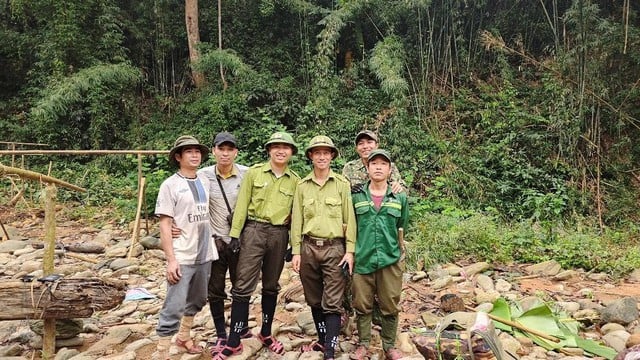
Hoang Nghia Cong (third from left) on a forest patrol with his teammates and local people
PHOTO: NVCC
The work diary of Khe Choang Forest Ranger Station records consecutive forest patrols. The patrol team led by Hoang Nghia Cong regularly crosses steep rocky slopes and fast-flowing streams, records every trace of forest changes and handles any arising situations. Each time they return, their backpacks contain dismantled trap coils and new coordinates marked for further inspection on the next trip.
The notes in the workbook, to us, are just dry, repetitive numbers, symbols, and coordinates. But to the person involved, it is a long journey of sweat, of nights spent in the cold, damp forest, of footsteps creeping up steep slopes.
Forests and battles…
During his time as a forest ranger, Cong went through many patrols that were recorded in his duty book as "battles" in the middle of the forest. There were rainy nights when news of an illegal forest encroachment forced the whole team to cross the forest amidst thunder and lightning. When they arrived, all that remained were tire tracks still imprinted in the mud and large fallen logs still dripping with sap. Those traces, for the forest ranger, always left an unforgettable feeling of regret.
In the dry season, the work is different. The Lao wind reddens the mountainside, and even a small spark is enough to start a forest fire. In the smoke and scorching sun, the forest rangers share buckets of water and strain their backs to put out the fire, hoping to control the fire before it spreads deeper into the forest. Before their shirts are dry from sweat, they are on their way again.
But what happens in the forest is not just the big cases reported in the press. There are days when Cong and his forest patrol team remove each trap, each loop of wire in an attempt to save the lives of animals. In Pu Mat, the patrol teams have recorded and removed thousands of animal traps - the result of trap-clearing campaigns that have lasted for many years. Removing traps and rescuing animals is not just a technical act; it is also a lesson in patience and compassion for innocent creatures.
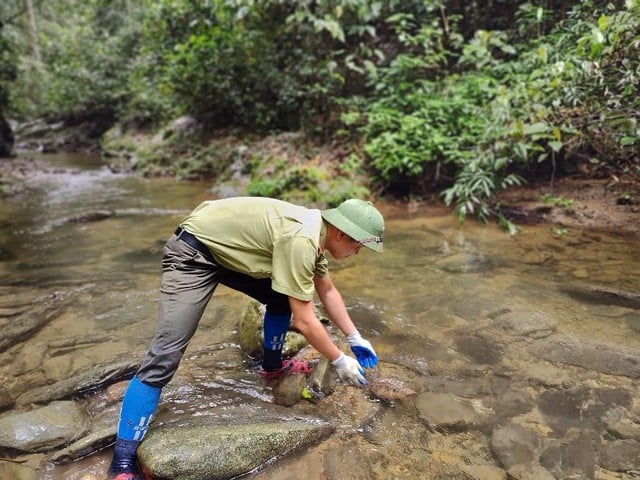
Mr. Cong participates in the activity of releasing wild animals back into the environment.
PHOTO: NVCC
"The difficulty of this job is not only the forest road or the weather, but also maintaining a strong spirit. There are days when we are hungry, cold, tired, and just want to go home. But thinking about our responsibility to the job, we try to keep going," he said. I looked at his calloused hands, tanned by the sun and wind - I saw more clearly the price of perseverance.
Over the years, thanks to the dedication of Mr. Cong and his fellow forest rangers, the area of forest encroachment in the core area of Pu Mat has significantly decreased. Some areas have been replanted, the muddy stream after rain gradually becomes clear again, and the sounds of rare birds have begun to return in the revived forest canopy.
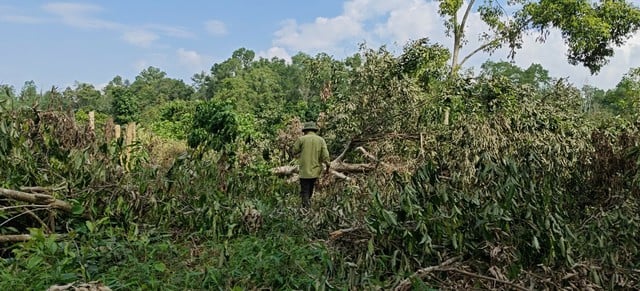
Overcoming the consequences of storm No. 10
PHOTO: NVCC
His answer was brief, but in his eyes, I saw something deeper: the serenity of someone who has chosen to live fully with the work he believes is right. Where others see only desolation, he sees life, responsibility, and the meaning of human presence in nature.
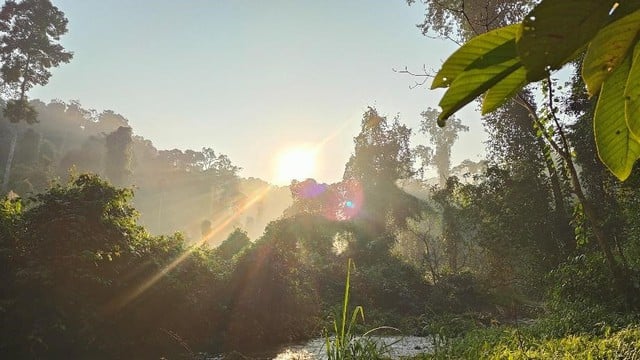
Dawn in Pu Mat forest
PHOTO: NVCC
As the afternoon fell on Pu Mat, Cong shouldered his backpack and walked on the familiar trail. Behind him, patches of young forest were growing - the result of saplings planted by local people and forest rangers. Ahead, the young forest ranger continued walking, despite the hardships of night patrols, tense confrontations with illegal loggers, and the belief that if people knew how to appreciate the forest, it would repay them with water, climate, and life.
Therefore, Hoang Nghia Cong's story is not the story of a lonely individual.
In an age where nature constantly reminds us of our limits, his story is another reminder: protecting the environment is not just a matter of policies or experts - it is a series of daily actions, of silent dedication. And it is from these actions that the green will remain for tomorrow.
"Living beautifully" is therefore not something far-fetched or lofty; it lies right in the revival of a young shoot emerging from the red soil, in the peaceful breath emanating from the forest leaves, in the heart of the keeper never let go.

Source: https://thanhnien.vn/nguoi-giu-mau-xanh-o-dai-ngan-pu-mat-185251027130157534.htm


![[Photo] Draft documents of the 14th Party Congress reach people at the Commune Cultural Post Offices](https://vphoto.vietnam.vn/thumb/1200x675/vietnam/resource/IMAGE/2025/10/28/1761642182616_du-thao-tai-tinh-hung-yen-4070-5235-jpg.webp)
![[Photo] National Assembly Chairman Tran Thanh Man received a delegation of the Social Democratic Party of Germany](https://vphoto.vietnam.vn/thumb/1200x675/vietnam/resource/IMAGE/2025/10/28/1761652150406_ndo_br_cover-3345-jpg.webp)




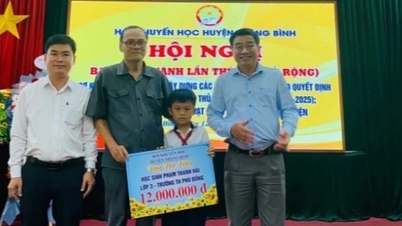

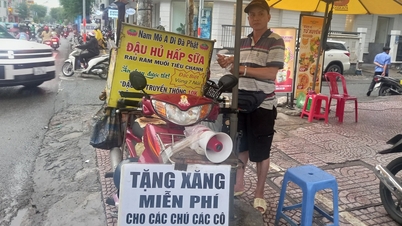


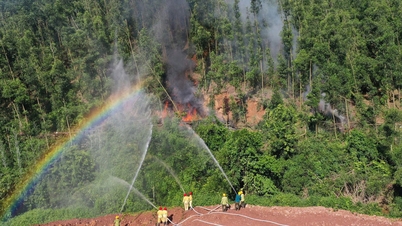

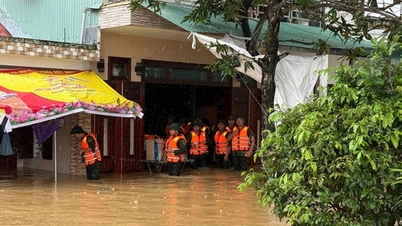



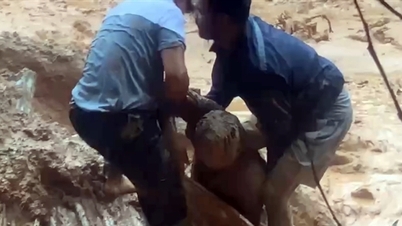

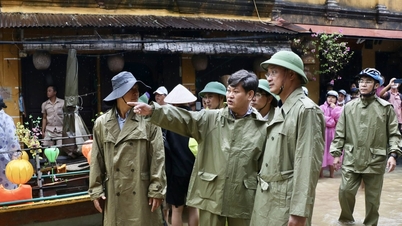



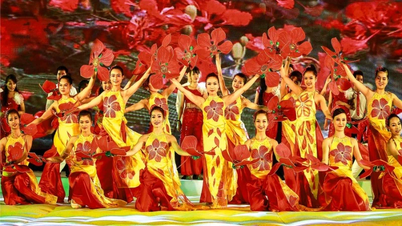











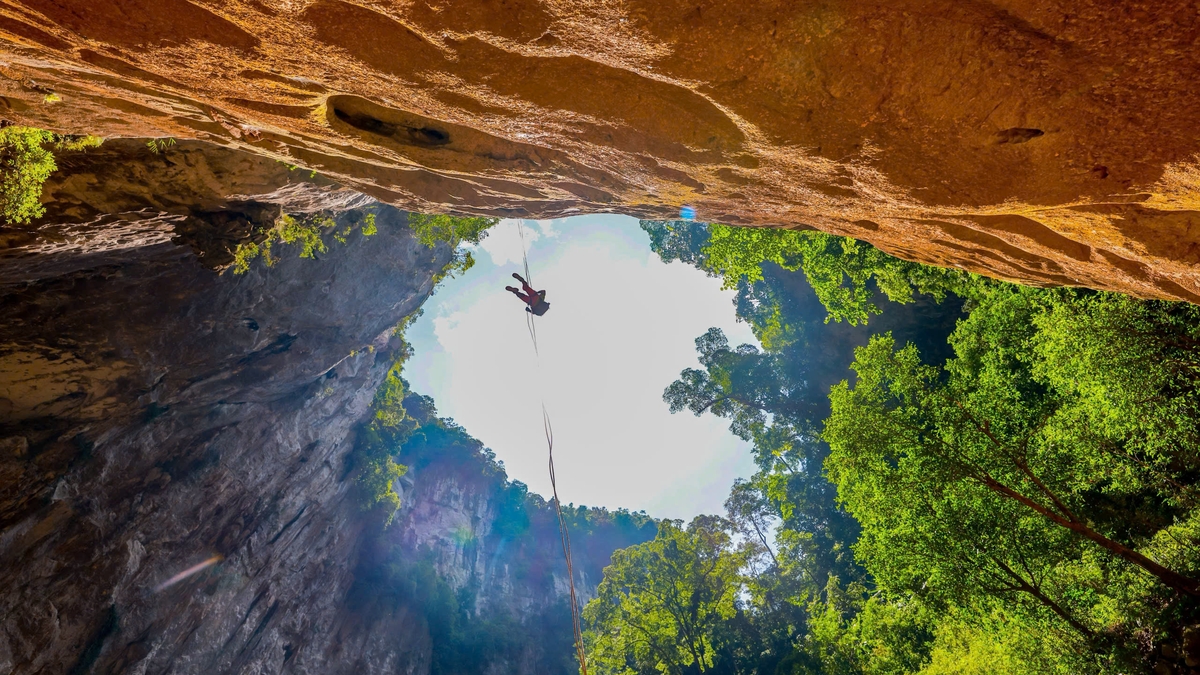
![[Photo] President Luong Cuong attends the 80th Anniversary of the Traditional Day of the Armed Forces of Military Region 3](https://vphoto.vietnam.vn/thumb/1200x675/vietnam/resource/IMAGE/2025/10/28/1761635584312_ndo_br_1-jpg.webp)






































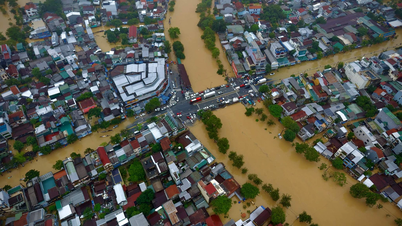









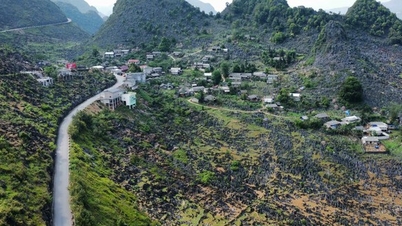








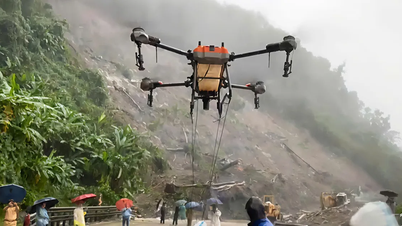



















Comment (0)